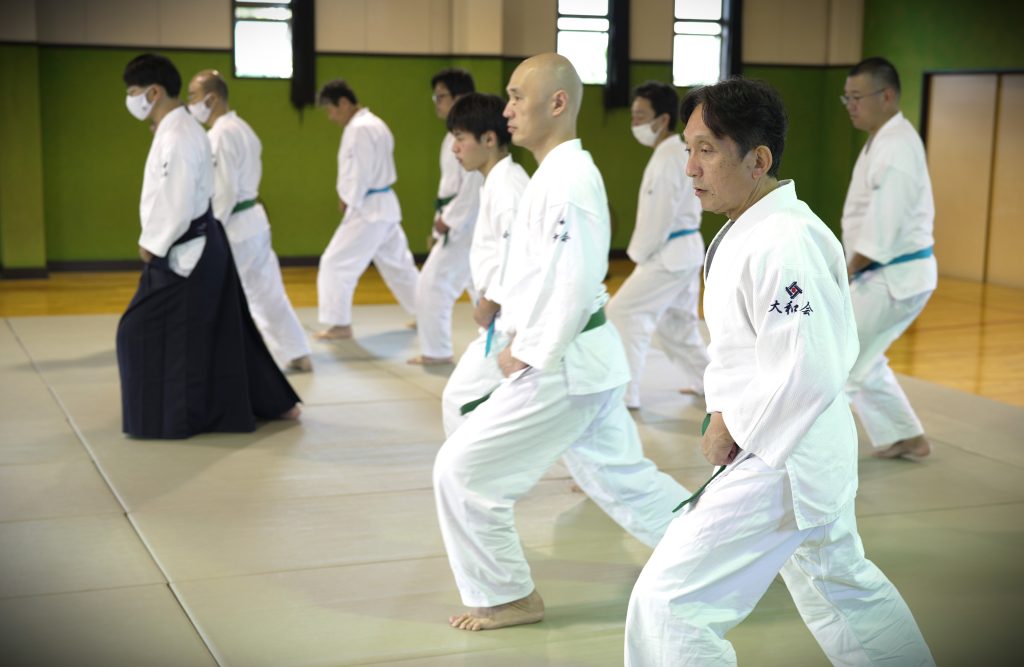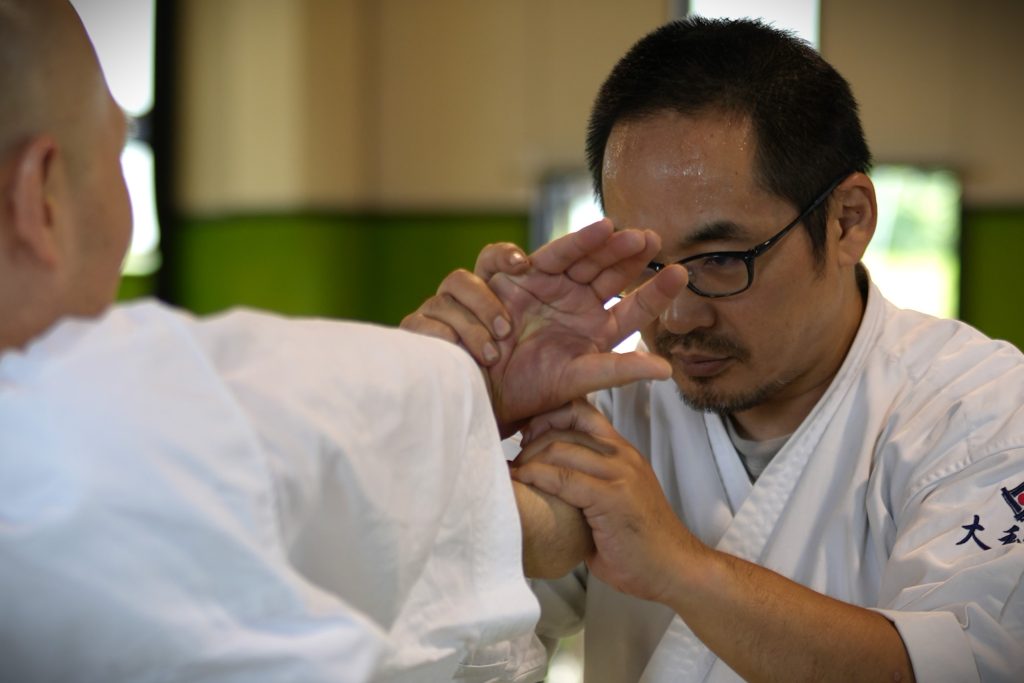Daito Ryu Aiki Jujutsu Site Report

Aiki is the act of sharpening and kneading the soul through the body of the opponent.
-
合気柔術を身に着ける為にすることは最初は動きのトレースだがそれだけではワンランク上の技は見えにくい …

The outside world is more fun if you get to know people and make friends with them instead of staying in your room.
-
Even a shut-in can go out if there is a chance to go out. Karate and boxing can fix a shut-in...
Visiting Japan for homestay and travel purposes
-
If you intend to come to Japan as a homestay or as a tourist... If you are interested in living in Japan and communicating with Japanese people...
















